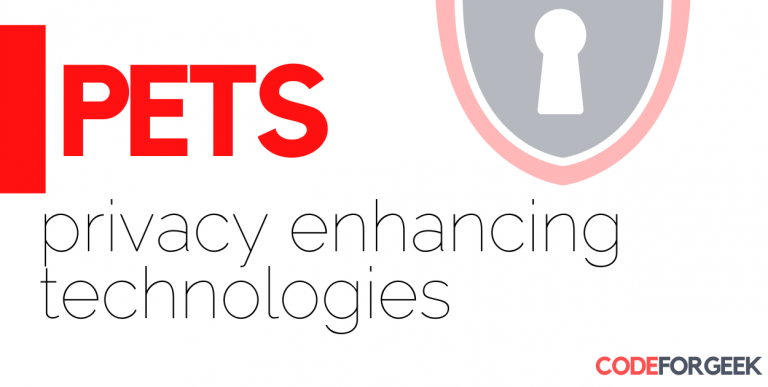In today’s blog, I am discussing Privacy Enhancing Technologies or PETs. Of course, you read the title, but I just felt the urge to tell you before I start. 🙂
Economies, governments, businesses, agencies, and even individuals today are seen to be making day-to-day decisions depending on data. Data has become so valuable the world can’t imagine losing today. It is such a precious asset; prowlers would choose data over anything else in the world.
This has shot up the demand for data privacy and security across the world. With this, the concept of privacy-enhancing technologies also known as PETs emerged. The increasing cyber-attacks and data breaches becoming a nightmare for everyone made up for creating this concept.
With the increasing awareness of personal information among consumers, privacy-enhancing technologies have only been a success. Besides, governments and businesses have embraced PETs with open hands.
The constant usage patterns as well as the proliferating demands for enhancements of privacy-enhancing technologies today are a clear pointer of their admiration. In the digital and data-driven world today, it is near impossible to imagine a world without privacy-enhancing technologies.
In this article, I will give a brief walkthrough on what privacy-enhancing technologies or PETs are, how they work, and some other important information about them. I also plan to discuss some of the risks associated with these technologies, but that will be a different article. I’d like to make this piece more like an introductory guide for you and keep it brief.
What are Privacy Enhancing Technologies?
PETs or privacy-enhancing technologies are like a canopy term for technologies that deal with the security and privacy aspects of data and other information. As the name suggests, they will enhance the privacy of and safeguard data when handled.
Privacy-enhancing technologies can be customized based on the use cases though they hold many similarities or commonness so to say.
Coming up with a proper definition of PETs is quite difficult because of the associated insinuations with them. However, PETs aren’t a new thing to technology. They’ve been around for more than three decades now and are now finding their way to newer, effective, and gainful use-cases.
How do Privacy Enhancing Technologies (PETs) Work?
When “enhancing privacy” or protecting data while in use, privacy-enhancing technologies undertake basically three procedures.
- Firstly, these technologies largely depend on a reliable and trustworthy environment where analysis and processing of highly sensitive data can be carried out.
- Secondly, privacy enhancing technologies carry out the processing and analysis of tasks in a decentralized manner.
- Lastly, privacy enhancing technologies or PETs encrypt the data and algorithms before execution of the analytics or processing tasks. This process is the highly crucial part.
Families of Privacy Enhancing Technologies
PETs can be classified based on their assumption as follows:
1. Soft Privacy Technologies
This classification assumes that a third party can be trusted for processing data. This model functions based on compliance, consent, control, and audit.
2. Hard Privacy Technologies
This classification assumes that no third party can be trusted and that no single entity may violate the privacy of users. The main goal is to reduce trust in foreign entities to protect data.
The Main Objective of PETs
The chief aim and objective of privacy enhancing technologies is the protection personal data of users and ensure their information is private.
Users can now manage how their data is used by allowing them to take actions as follows when sending or using their data, by online businesses, merchants, or even other users:
- To enhance control over the personal data that is sent to, and used by, online users, businesses, service providers or merchants.
- To minimize data collection and usage by interested parties and instead use fictitious names or anonymous credentials to mask original identities of users.
- To let users to remotely review and audit the execution of terms and conditions with the online interested parties (users of data).
- To enable users to log, store and view transfers conducted in the past of their personal data. This will include data has been transferred, when, to whom and under what conditions, and facilitate the use of their legal rights of data inspection, correction and deletion.
- To allow users to mask their identities by hiding personal information and replace them with anonymous, pseudo or random data.
Conclusion
The world in the 21st century is becoming more and more data-reliant. In fact, economies today are slowly transitioning from oil-driven to data-driven. Data is the new oil, the new normal really!
In this article, I have given a brief walkthrough on what privacy enhancing technologies or PETs are, how they work, and some other important information about them.
See Also: How Privacy Concerns are Transforming Users’ Preferences





